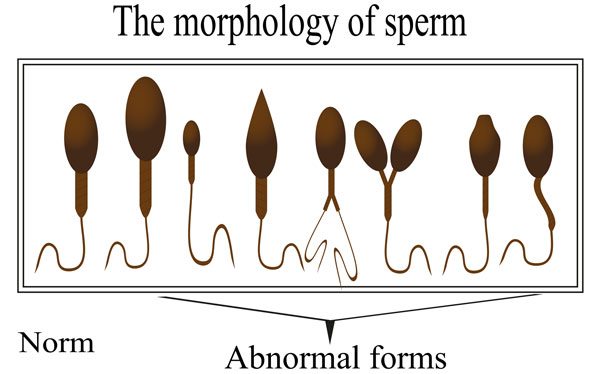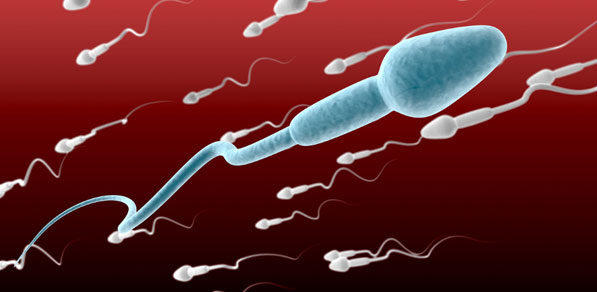It is commonly assumed that couples’ inability to conceive is due to a problem with a woman. In actual fact, the male factor contributes to roughly half of the infertility cases. Male infertility/sub-fertility is often due to the sperm production, getting it to reach the egg and fertilising it. For this reason semen analysis is one of the first investigations arranged.
What does my doctor check in the semen analysis?
- Count and volume – A low sperm count is identified. Normal amount is considered around 15 million sperm per milliliter of semen. The volume of sperm needs to be on average 1.5ml per ejaculate.
- Motility – refers to the proportion of motile sperm. Normal result is 40% or more of sperm that are moving forward.
- Shape (Morphology) – refers to proportion of sperm that are normally shaped. At least 4% should be normal form for optimum chances to conceive.

What could be the reason for the sperm problems?
Some of the issues with the sperm could include:
- Lifestyle factors: Smoking, Alcohol, Recreational drugs, Obesity, Heat, Exposure to environmental toxins.
- Hormonal disturbance
- Sperm antibodies
- Anatomical blockages
- Genetic abnormalities
Further testing ….
If the initial result of the semen analysis comes back abnormal the specialist may need to ask for a repeat test a month later. This is due to a large week-to-week and even day-to-day variation in sperm parameters. If the results come back abnormal again, further tests may be performed and may include:
- Blood test – this analysis may investigate some of following sperm production problems: hormonal disturbances, sperm-antibodies, genetic abnormalities.
- Testicular ultrasound – to check for any structural abnormalities in the testis.
Is there something we can do to improve the Semen Analysis results?
In contrast to female infertility, most of the sperm conditions affecting the male are preventable or reversible.
“It takes around 74 days for sperm production before its released.”
This means just 3 month of healthy lifestyle changes may help to improve semen’s count and quality and increase the odds of pregnancy.
We have tried all the lifestyle changes with no positive result. What’s the next treatment option?
In more severe cases of male infertility ICSI (Intra-Cytoplasmic Sperm Injection) is the procedure of choice. This type of IVF treatment involves the injection of a single sperm directly into a mature egg of a woman.

This procedure gives the ability to pick the best sperm, which results in fertilisation of the woman’s egg and forms an embryo. The embryo is then transferred into the woman’s uterus for implantation, which then results in subsequent pregnancy.
Message to take home …
Male infertility has no obvious symptoms or signs, so most cases are undiagnosed until the semen analysis is performed. Since almost 50% of couples, unable to conceive naturally, have male factor infertilty, semen analysis should be done as a part of the intitial investigation.
Article from: www.fertilitypharmacy.com.au
